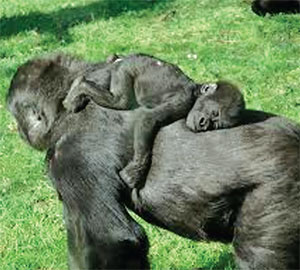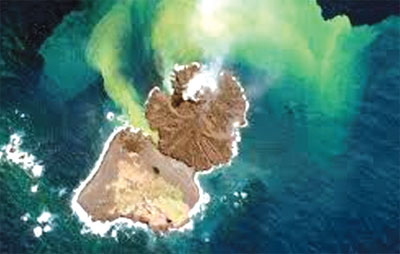News around the world
How the zebra got its stripes

Zebras have one of the most beautiful coats in the animal kingdom,
yet for so long we've been looking for a concrete scientific reason for
those bold black and white stripes. New research suggests that that
reason is to keep pesky bugs away! For years there have five main
theories for the zebra's stripes: camouflage, insect repellant, predator
confusion, social interaction, and body temperature reduction. For the
first time scientists tested all of these theories against each other
and found that the strongest factor in their striping is to keep flies
away. Tim Caro, a biologist at the University of California, Davis, and
his team collected data from lots of sources like museum collections and
maps.
They studied the differences in the striping patterns across the
seven living species of the horse families -horses, zebras, and donkeys
- and their 20 subspecies, most of whom have some sort of striping
somewhere on their bodies. They also noted where zebras had stripes on
their body - like the face, rump, or belly. Then the team mapped where
living and extinct members of the horse family live against the range of
predators, where biting flies live, distribution of forests, and some
other factors that could play a part in the development of their
stripes.
The results were black and white and showed a clear overlap between
striped species of the horse family and areas where biting flies are
most common.
 Name that Gorilla baby! Name that Gorilla baby!
The Toronto Zoo is asking the public for help with naming its new
baby girl western lowland gorilla!
She was born almost three months ago on January 10 and is the 15th
child of Charles the gorilla who has been at the zoo since it opened in
1974. Her mother's name is Ngozi, and, in keeping with the zoo's
tradition, all baby gorillas' name must begin with the first letter of
her mother's name. The baby girl's older brother Nassir was also named
with help from the public. Ngozi has barely let go of her new baby since
she was born.
She likes to rock her back and forth and stare at her lovingly. Zoo
officials don't think she'll let go of her for a few more months. The
western lowland gorilla population is dangerously low, so any time a
baby is born in captivity zoo officials and many others get very
excited.
The Toronto Zoo is a part of the Gorilla Species Survival Plan which
is an international effort to prevent gorillas from going extinct.
Two islands merge off coast of Japan
 A volcanic island in the Pacific Ocean has merged with another
volcanic island to form one 1,000-kilometre (621-mile) island! A volcanic island in the Pacific Ocean has merged with another
volcanic island to form one 1,000-kilometre (621-mile) island!
In November 2013 the volcanic island of Niijima broke through to the
ocean's surface from an underwater volcano that last erupted 40 years
earlier. Niijima emerged about 500 metres (550 yards) from the
40-year-old island of Ninshoshima, and now, according to observations
taken at the end of March, the two have merged to become one.
The new island is about one kilometre (0.62 miles) across and 60
metres (almost 200 feet) tall at its highest point, which is three times
taller than it was in December! No one knows how long the new island
will be around for.
Originally, Japanese scientists believed it would only be around for
a few years, but because of the volcano's continuous eruption it has
continued to grow and it could be around for much longer.
"A lot of it depends on how fast it erodes," said Ken Rubin, a
University of Hawaii at Manoa professor.
"Until [the volcano] shuts off, it's too soon to tell." It may even
become permanent if it grows large enough! |

